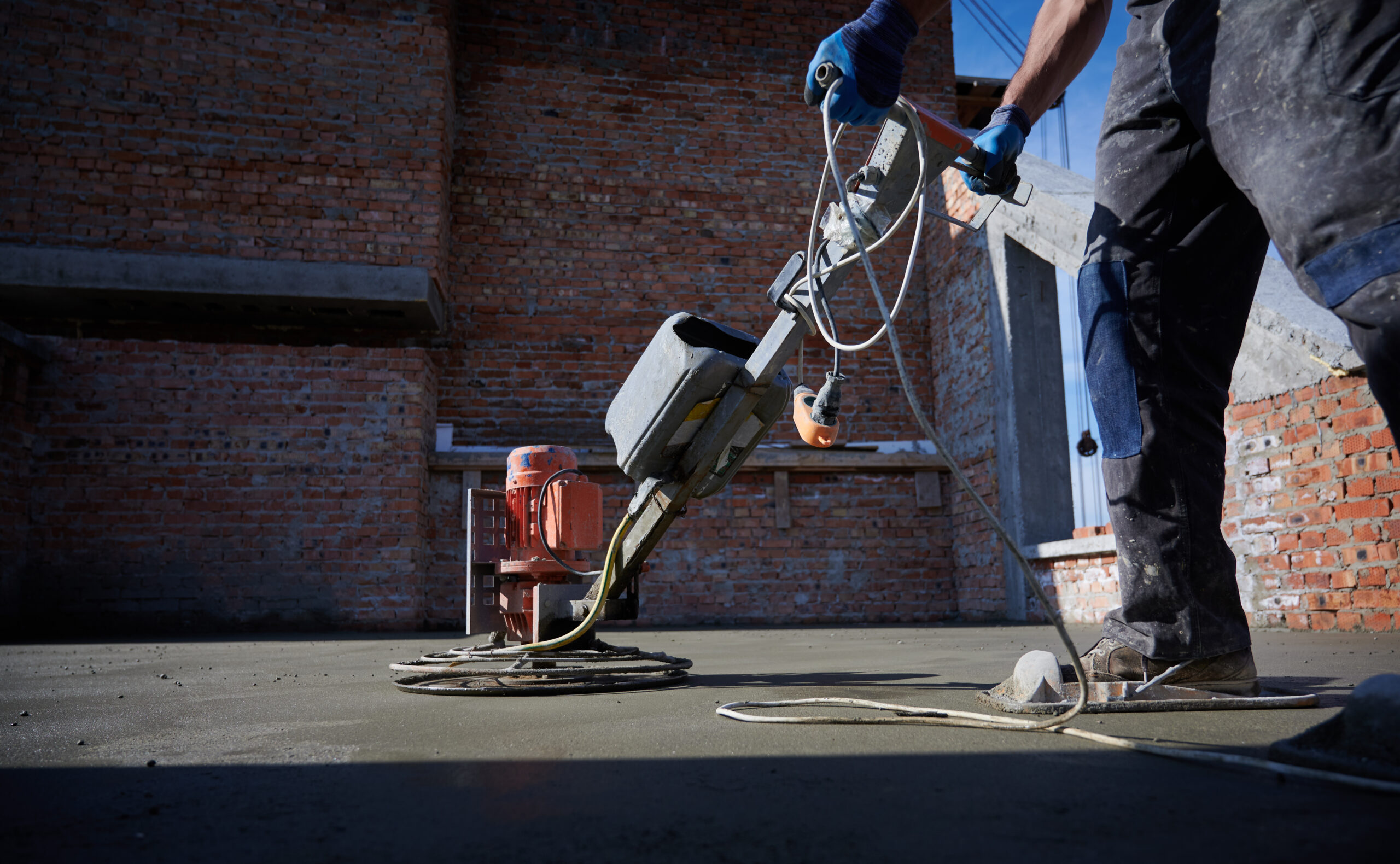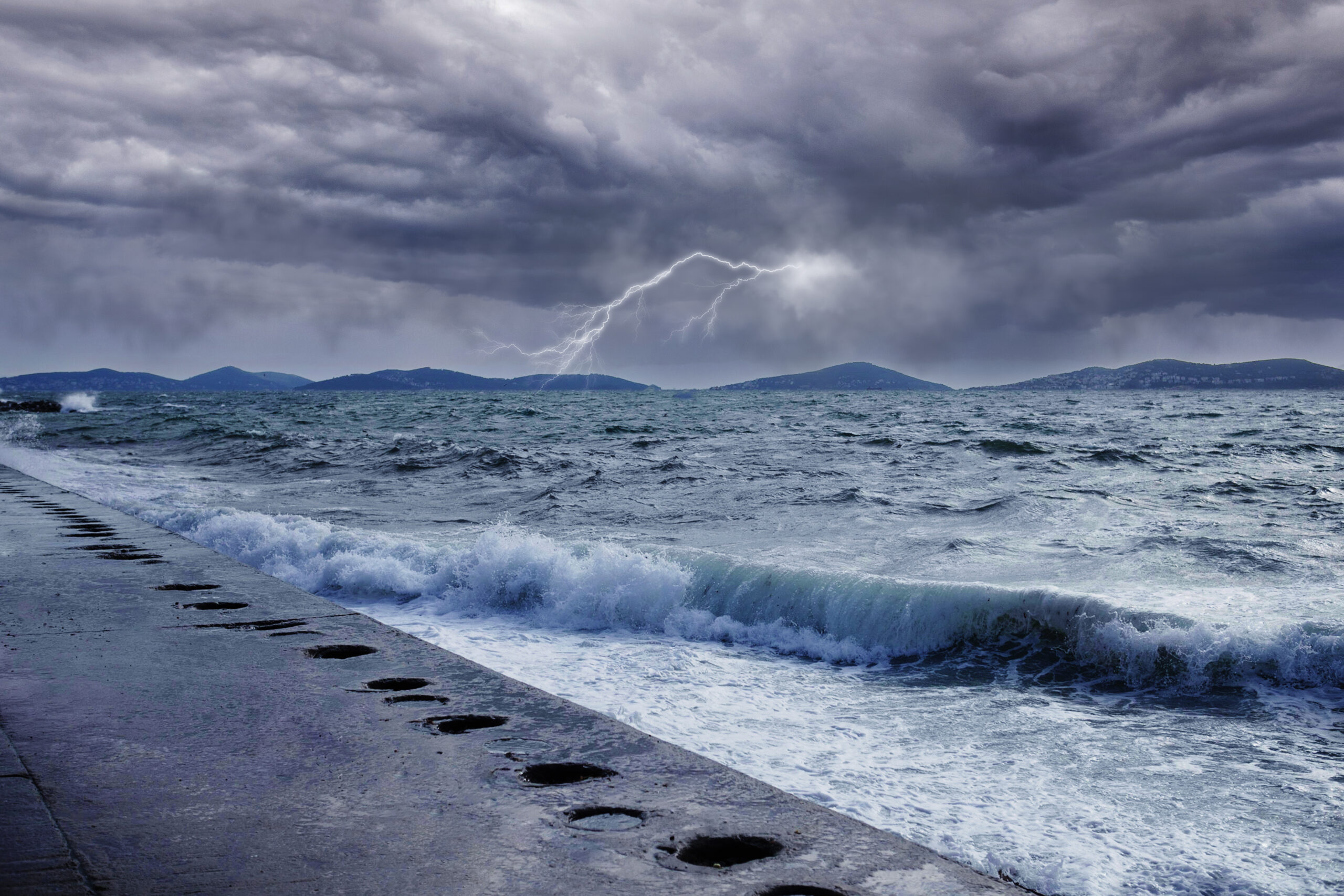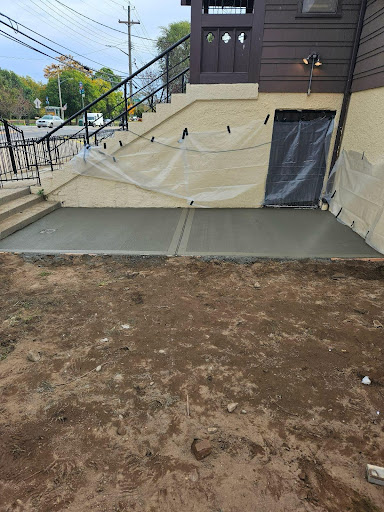If you’re a homeowner in Brooklyn, Queens, or Long Island dealing with uneven or sunken concrete surfaces, you’re not alone. Leveling concrete is a common challenge in this region due to various factors like soil composition, weather fluctuations, and age-related wear and tear.
However, when you are looking for concrete leveling near me with the right techniques and knowledge, you can effectively address these issues and restore your concrete surfaces to their original state. In this comprehensive guide, we’ll delve into the process of leveling concrete, explore self-leveling concrete options for outdoor use, and discuss common problems associated with self-leveling concrete.
Understanding Concrete Leveling
Concrete leveling, also known as slab jacking or mudjacking, is the process of lifting and leveling sunken or uneven concrete surfaces. This technique is essential for restoring safety, functionality, and aesthetic appeal to driveways, sidewalks, patios, and other concrete structures. Here’s a step-by-step overview of the concrete leveling process:
1. Assessment:
Before starting any concrete leveling project, it’s crucial to assess the extent of the damage and identify the underlying cause of the settlement or sinking. Factors such as soil erosion, poor drainage, and tree roots can contribute to concrete settlement.
2. Preparation:
Prepare the work area by removing any debris, vegetation, or obstacles that may interfere with the leveling process. Clean the surface thoroughly to ensure proper adhesion of leveling materials.
3. Injection:
In traditional concrete leveling methods, small holes are drilled into the sunken concrete, and a specialized grout mixture is injected beneath the slab. This mixture fills voids, compacts loose soil, and lifts the concrete to the desired level.
4. Finishing:
Once the concrete is leveled, the holes are patched, and the surface is smoothed to achieve a uniform appearance. Depending on the project requirements, additional finishing techniques such as sealing or resurfacing may be applied.
Self-Leveling Concrete for Outdoor Use
Self-leveling concrete offers a convenient solution for outdoor leveling projects, providing a smooth and durable finish with minimal effort. Ideal for applications such as patios, pool decks, and walkways, self-leveling concrete offers the following benefits:
- Ease of Application: Self-leveling concrete can be poured directly onto the prepared surface and requires minimal troweling to achieve a flat, even finish.
- Rapid Setting: Most self-leveling concrete products have a quick-setting formula, allowing for faster completion of outdoor projects.
- Weather Resistance: Self-leveling concrete is designed to withstand exposure to harsh outdoor conditions, including freeze-thaw cycles, UV radiation, and moisture.
- Versatility: Self-leveling concrete can be customized with additives to enhance strength, flexibility, and color options, ensuring compatibility with various outdoor environments.
Problems with Self-Leveling Concrete
While self-leveling concrete offers numerous advantages, it’s essential to be aware of potential issues that may arise during installation over time. Here are some common problems associated with self-leveling concrete:
1. Improper Mixing:
Inconsistent mixing of self-leveling concrete can result in variations in strength, setting time, and surface finish. Follow manufacturer guidelines carefully and use the correct water-to-powder ratio to ensure uniformity.
2. Poor Adhesion:
Adhesion problems may occur if the substrate is not properly prepared or if contaminants such as oil, grease, or dirt are present on the surface. Thoroughly clean and prime the substrate before applying self-leveling concrete to promote adhesion.
3. Cracking:
Cracking can occur due to factors such as excessive shrinkage, inadequate reinforcement, or improper curing. To minimize cracking, control the mix’s water content, provide proper joint spacing, and follow recommended curing procedures.
4. Surface Blemishes:
Surface blemishes like bubbles, pits, or discoloration may occur if the self-leveling concrete is not applied or finished correctly. Use proper application techniques, such as back-rolling or squeegeeing, to achieve a smooth, uniform surface.
Long Island, Brooklyn, and Queens are all situated within the greater New York City metropolitan area, each with its unique environmental characteristics and urban infrastructure. Understanding the environment of these regions is crucial in comprehending why concrete leveling is often necessary.
Long Island:
1. Coastal Location:
Long Island is surrounded by the Atlantic Ocean to the south and the Long Island Sound to the north. This coastal location exposes the region to saltwater intrusion, which can affect soil stability and corrode concrete structures over time.
2. Weather Extremes:
Long Island experiences a range of weather conditions throughout the year, including hot summers and cold winters. Temperature fluctuations can cause the ground to expand and contract, leading to soil erosion and concrete settlement. This is why you need a concrete leveler to sort out the weather extremities in your area.
3. Urban Development:
As one of the most densely populated areas in the United States, Long Island is characterized by extensive urban development, including residential neighborhoods, commercial districts, and transportation infrastructure. The construction and expansion of buildings, roads, and utilities can disrupt the natural landscape and contribute to soil instability.
Brooklyn:
1. Urban Density:
Brooklyn is New York City’s most populous borough, known for its diverse neighborhoods and vibrant cultural scene. The dense urban environment, coupled with ongoing construction activities, can place significant pressure on the underlying soil and contribute to concrete settlement.
2. Aging Infrastructure:
Many parts of Brooklyn feature aging infrastructure, including sidewalks, streets, and building foundations. Over time, these structures may experience deterioration and settlement due to factors such as soil compaction, water infiltration, and root growth from nearby trees.
3. Tree Roots:
Brooklyn’s tree-lined streets and parks are a defining feature of the borough’s landscape. While trees provide numerous benefits, their roots can pose challenges for concrete surfaces, as they may penetrate and destabilize the soil, leading to uneven settlement and cracking.
Queens:
1. Diverse Topography:
Queens encompasses a diverse range of topographical features, including coastal areas, low-lying wetlands, and elevated terrain. Variations in elevation and soil composition can contribute to uneven settling of concrete structures, particularly in areas prone to flooding or erosion.
2. Heavy Traffic:
Queens is a major transportation hub, with several highways, bridges, and thoroughfares connecting the borough to the rest of New York City and beyond. Heavy traffic volumes can exert pressure on concrete pavements and contribute to wear and tear over time, necessitating periodic maintenance and leveling.
3. Infrastructure Age:
Similar to Brooklyn, Queens has its share of aging infrastructure, including sidewalks, curbs, and building foundations. As these structures age, they may experience deterioration and settlement, requiring attention to ensure safety and functionality for residents and visitors alike.
Long Island, Brooklyn, and Queens are dynamic urban environments characterized by diverse landscapes, urban development, and aging infrastructure. The combination of factors such as coastal influences, weather extremes, urban density, and infrastructure age contributes to the need for concrete leveling to maintain safe, durable, and aesthetically pleasing outdoor surfaces. By addressing settlement issues promptly and employing effective leveling techniques, residents and property owners can preserve the integrity of their concrete structures and enhance the overall quality of their built environment.
Our Leveling Concrete Projects
Here are some examples of concrete leveling projects completed by The Mudjacking Contractors the concrete floor leveler experts for clients in Brooklyn, Queens, and Long Island:
Residential Driveway Leveling in Long Island:
The Mudjacking Contractors was contracted to address a sunken driveway in a residential property located in Long Island. Using advanced slab jacking techniques, our team successfully lifted and leveled the concrete surface, eliminating trip hazards and restoring curb appeal. The homeowner was delighted with the seamless results and appreciated our prompt and professional service.
Sidewalk Repair in Brooklyn:
A commercial property owner in Brooklyn contacted The Mudjacking Contractors to repair uneven sidewalks posing a safety risk to pedestrians. Our crew meticulously assessed the damage and utilized self-leveling concrete to restore the sidewalks to their original condition. The property owner commended our attention to detail and efficiency in completing the project within the scheduled time frame.
Pool Deck Resurfacing in Queens:
The Mudjacking Contractors was entrusted with revitalizing a worn-out pool deck in Queens suffering from surface imperfections and settling. Leveraging our expertise in concrete resurfacing, we applied a durable self-leveling overlay, enhancing the deck’s appearance and durability. The client was impressed by the transformation and praised our craftsmanship and dedication to customer satisfaction.
Commercial Parking Lot Leveling in Nassau County:
A business owner in Nassau County enlisted The Mudjacking Contractors to address extensive settling issues affecting their commercial parking lot. Our team deployed a comprehensive approach, combining slab jacking and joint sealing techniques to stabilize and level the concrete surfaces. The client expressed gratitude for our proactive solutions, minimizing disruption to their operations and enhancing the safety of their premises.
Patio Restoration in Suffolk County:
The Mudjacking Contractors undertook the restoration of a sunken patio in Suffolk County, transforming it into an inviting outdoor space for relaxation and entertainment. Utilizing self-leveling concrete, we corrected the uneven surface and applied a decorative finish to enhance the patio’s aesthetic appeal. The homeowner was thrilled with the results and praised our professionalism and attention to detail throughout the project.
These examples highlight Zavza Seal LLC’s commitment to delivering high-quality concrete leveling solutions tailored to the specific needs of clients across Brooklyn, Queens, and Long Island. Our extensive experience, expertise, and dedication to customer satisfaction make us the preferred choice for all concrete leveling and restoration needs in the region.
Get Help in Time
If homeowners neglect the need to address damaged concrete structures requiring lifting, several adverse consequences may arise:
- Safety Hazards: Sunken or uneven concrete surfaces pose significant safety hazards, increasing the risk of trips, slips, and falls for residents, guests, or passersby. Neglecting to address these hazards promptly can lead to injuries and potential liability issues for homeowners.
- Further Damage: Over time, untreated concrete settlement can worsen, leading to extensive damage to the affected structures. Cracks may propagate, allowing water infiltration and exacerbating deterioration. Additionally, uneven surfaces can exert uneven pressure on adjacent structures, such as foundations, leading to additional problems and costly repairs.
- Decreased Property Value: Damaged or deteriorating concrete surfaces detract from the aesthetic appeal and curb appeal of residential properties. Neglecting to address these issues can diminish the overall value of the home, making it less desirable to prospective buyers and impacting resale potential.
- Structural Instability: In severe cases, untreated concrete settlement can compromise the structural integrity of buildings or infrastructure. This can manifest as cracks in walls, misaligned doors or windows, and other signs of structural instability. Addressing concrete leveling issues promptly is essential to prevent further structural damage and ensure the long-term stability of the property.
- Landscaping Challenges: Uneven concrete surfaces can create challenges for landscaping and outdoor activities, limiting the usability and enjoyment of outdoor spaces. Neglecting to address these issues may deter homeowners from utilizing their outdoor areas for recreation, entertaining, or gardening.
- Increased Repair Costs: Delaying concrete lifting and leveling can result in more extensive damage over time, leading to higher repair costs. What might have been a relatively simple and cost-effective repair initially can escalate into a complex and expensive renovation project if left unattended.
Overall, neglecting the need for concrete lifting and leveling can have far-reaching consequences for homeowners, ranging from safety risks and decreased property value to structural damage and increased repair costs. It’s essential for homeowners to prioritize proactive maintenance and address any signs of concrete settlement promptly to preserve the integrity and value of their properties.
Conclusion
Leveling concrete is a fundamental aspect of maintaining safe and functional outdoor spaces in Brooklyn, Queens, and Long Island. Whether you’re dealing with minor surface imperfections or significant concrete settlement, understanding the leveling process and choosing the right materials is essential for achieving long-lasting results. By following the guidelines outlined in this comprehensive guide and addressing common issues associated with self-leveling concrete, you can effectively restore and enhance your outdoor concrete surfaces for years to come.




